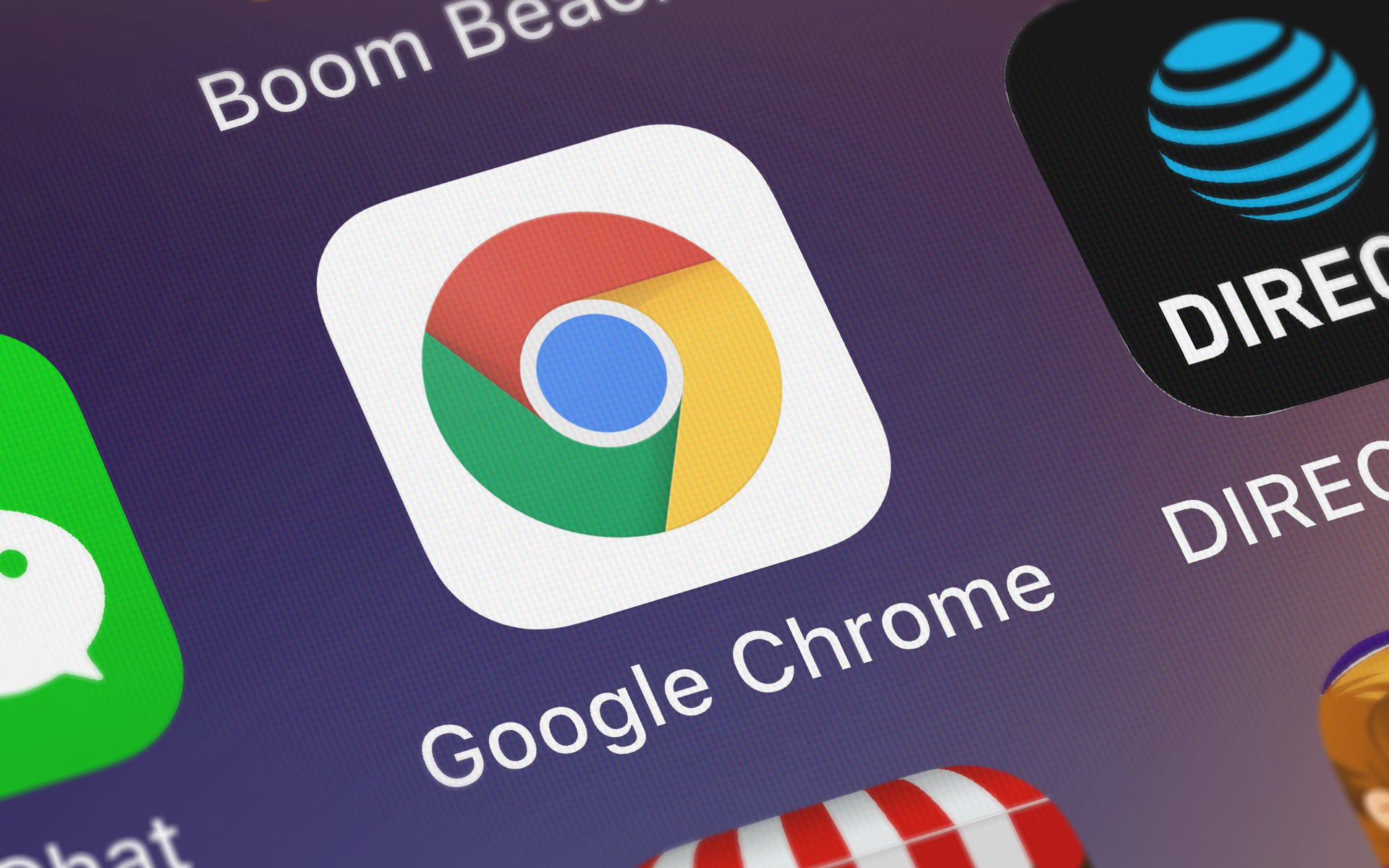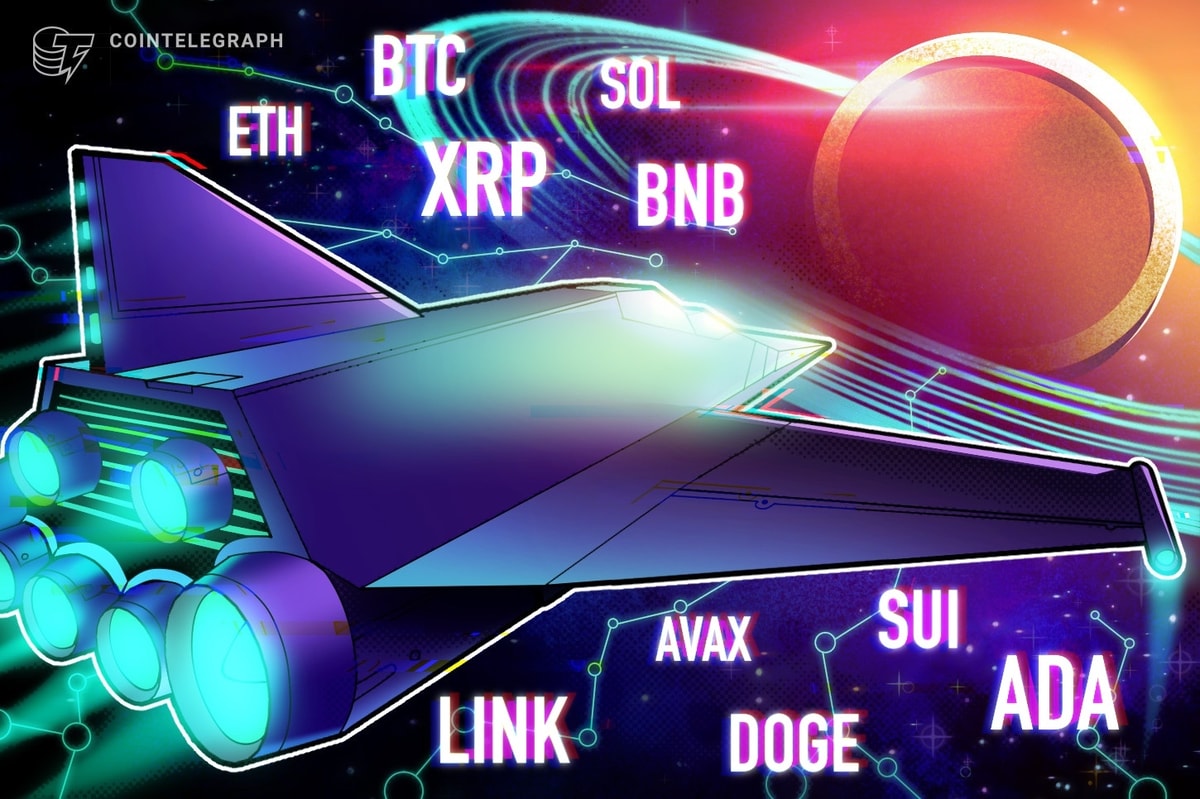Google’s decision to reform its in-browser payment system shows the intention to build a unified payment protocol to avoid fraud. The new draft has been backed by former Ripple talent, and may tap into W3C ideas for in-browser payments.
Google’s Move Still Hinges on Draft Ideas, Yet to be Realized in Chrome
While Google has been cautious about directly using cryptocurrencies, the effect of distributed payment protocols has been increasing. According to a recent Gizmodo report, the tech giant is looking to build a new payment handler API which will launch initially on the iOS version of Google’s Chrome web browser.
Google has decided to suspend paid Chrome extensions and switch to an interoperable W3C standard that will roll out on iOS first
The new system will employ the ideas and efforts of Adrian Hope-Bailie, creator of Hyperledger and former Ripple employee.
Google Is Changing How Chrome Handles Payments, Starting With iPhones, build around W3C’s Payment Handler API – co-chaired by ex @Ripple employee, @Interledger creator, and current Head of services @Coil Adrian Hope-Bailie @ahopebailie
#xrpthestandard pic.twitter.com/yJUdgVRCc4
— Tehol_Beddict_XRP (@TeholBeddictXRP) January 30, 2020
While the proposal is still in draft form, the intention is to realize the new technology, based on the vision of World Wide Web Consortium. The optimistic take on this connection suggests Ripple’s ideas might find a way with Google.
However, a more skeptical take lands on the suggested W3C Github page, where the draft of the proposal is conspicuously missing, replaced with a quote by science fiction writer Douglas Adams.
But the hopes for this project were immediately taken as a sign that Ripple’s ideas may eventually take off, replacing varied payment gateways and wallets with solutions at the protocol level. Ripple currently has a nascent system that provides liquidity and connectivity outside the boundaries of the banking system.
As for in-browser payments, they are a part of the growing trend of fintech solutions, which still undoubtedly face multiple glitches, limitations, and even fraud.
Tech Giant Remains Wary of Cryptocurrencies
How far Google is dedicated to the idea of reform remains unknown. So far, Google has only connected to W3C as a sponsor. Google separately partnered with Hyperledger last year to explore online identity tools.
But overall, Google and its app store have been skeptical of some crypto-based solutions, especially given the possibilities for fraud or money-laundering. The store recently blocked MetaMask for a short spell, dealing a blow to one of the most widely used ad-ons for Ethereum and token payments.
Yet Ripple and XRP are hungry for any news of potential adoption, as the company enters 2020 with an optimistic view. Ripple has also consolidated its product and is one of the few companies in the crypto space to be expanding its staff.
XRP, however, remains relatively unmoved by the news. The asset hiked up to $0.23, but has not seen a more active rally since the summer of 2019. The asset still expects long-term growth and the potential return to higher valuations.
What do you think of XRP’s chances to lead a revolution of payment systems? Share your thoughts in the comments section below!
Images via Shutterstock, Twitter @TeholBeddictXRP










